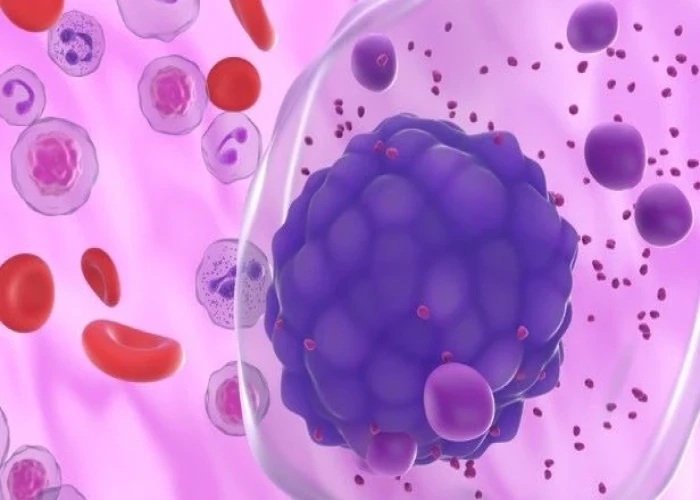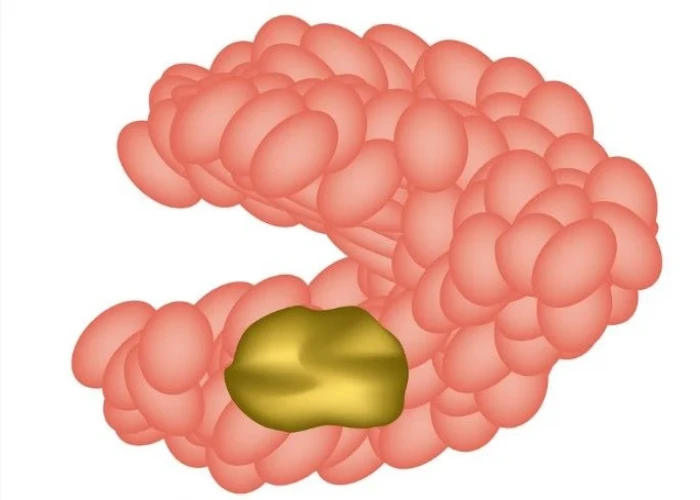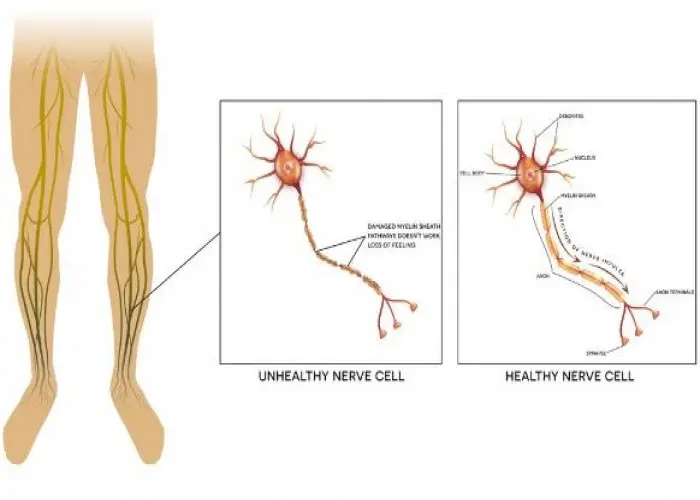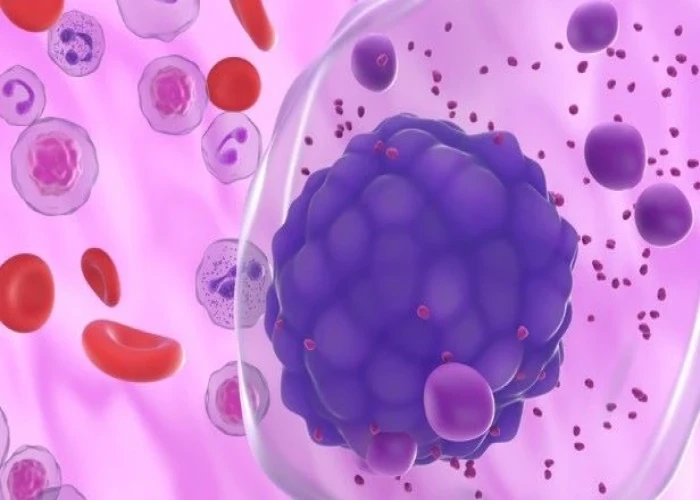 Welcome
Welcome
“May all be happy, may all be healed, may all be at peace and may no one ever suffer."
Multiple myeloma

Multiple myeloma, also known as plasma cell myeloma, is a type of cancer that affects the plasma cells, which are a type of white blood cell that produces antibodies to help fight infections. In multiple myeloma, abnormal plasma cells grow uncontrollably and produce an excess of monoclonal antibodies, which can damage the kidneys and other organs.
The exact cause of multiple myeloma is not known, but certain factors can increase the risk of developing the condition, such as age, family history, exposure to radiation or certain chemicals, and certain pre-existing medical conditions.
The symptoms of multiple myeloma can vary widely depending on the extent and location of the tumors, but they often include bone pain, fatigue, weakness, frequent infections, and unexplained weight loss. Other symptoms may include anemia, kidney problems, and nerve damage.
Multiple myeloma is usually diagnosed through a combination of blood tests, urine tests, bone marrow biopsies, and imaging tests. Treatment options may include chemotherapy, radiation therapy, targeted therapy, stem cell transplantation, and medications to manage symptoms and complications. The choice of treatment depends on several factors, including the stage and extent of the disease, the age and overall health of the patient, and their individual preferences.
While there is no cure for multiple myeloma, treatment can often slow the progression of the disease and improve quality of life. Regular monitoring and follow-up care are important to manage symptoms, monitor disease progression, and adjust treatment as needed.
Research Papers
Disease Signs and Symptoms
- Bone pain
- Excessive thirst
- Weakness and numbness in legs
- Weight loss
- Fatigue (Tiredness)
- Confusion (Hallucinations)
- Loss of appetite
- Constipation
- Nausea or vomiting
- Numbness or weakness in one or more limbs that typically occurs on one side of the body at a time, or your legs and trunk
Disease Causes
Multiple myeloma
It's not clear what causes myeloma.
Doctors know that myeloma begins with one abnormal plasma cell in your bone marrow — the soft, blood-producing tissue that fills in the center of most of your bones. The abnormal cell multiplies rapidly.
Because cancer cells don't mature and then die as normal cells do, they accumulate, eventually overwhelming the production of healthy cells. In the bone marrow, myeloma cells crowd out healthy blood cells, leading to fatigue and an inability to fight infections.
The myeloma cells continue trying to produce antibodies, as healthy plasma cells do, but the myeloma cells produce abnormal antibodies that the body can't use. Instead, the abnormal antibodies (monoclonal proteins, or M proteins) build up in the body and cause problems such as damage to the kidneys. Cancer cells can also cause damage to the bones that increases the risk of broken bones.
A connection with MGUS
Multiple myeloma almost always starts out as a relatively benign condition called monoclonal gammopathy of undetermined significance (MGUS).
MGUS, like multiple myeloma, is marked by the presence of M proteins — produced by abnormal plasma cells — in your blood. However, in MGUS, the levels of M proteins are lower and no damage to the body occurs.
Disease Prevents
Disease Treatments
If you're experiencing symptoms, treatment can help relieve pain, control complications of the disease, stabilize your condition and slow the progress of multiple myeloma.
Immediate treatment may not be necessary
If you have multiple myeloma but aren't experiencing any symptoms (also known as smoldering multiple myeloma), you might not need treatment right away. Immediate treatment may not be necessary for multiple myeloma that is slow growing and at an early stage. However, your doctor will regularly monitor your condition for signs that the disease is progressing. This may involve periodic blood and urine tests.
If you develop signs and symptoms or your multiple myeloma shows signs of progression, you and your doctor may decide to begin treatment.
Treatments for myeloma
Standard treatment options include:
- Targeted therapy. Targeted drug treatments focus on specific weaknesses present within cancer cells. By blocking these abnormalities, targeted drug treatments can cause cancer cells to die.
- Immunotherapy. Immunotherapy uses your immune system to fight cancer. Your body's disease-fighting immune system may not attack your cancer because the cancer cells produce proteins that help them hide from the immune system cells. Immunotherapy works by interfering with that process.
- Chemotherapy. Chemotherapy uses drugs to kill cancer cells. The drugs kill fast-growing cells, including myeloma cells. High doses of chemotherapy drugs are used before a bone marrow transplant.
- Corticosteroids. Corticosteroid medications regulate the immune system to control inflammation in the body. They are also active against myeloma cells.
- Bone marrow transplant. A bone marrow transplant, also known as a stem cell transplant, is a procedure to replace your diseased bone marrow with healthy bone marrow.
- Before a bone marrow transplant, blood-forming stem cells are collected from your blood. You then receive high doses of chemotherapy to destroy your diseased bone marrow. Then your stem cells are infused into your body, where they travel to your bones and begin rebuilding your bone marrow.
- Radiation therapy. Radiation therapy uses high-powered energy beams from sources such as X-rays and protons to kill cancer cells. It may be used to quickly shrink myeloma cells in a specific area — for instance, when a collection of abnormal plasma cells form a tumor (plasmacytoma) that's causing pain or destroying a bone.
How treatments are used
Which combination of treatments you're likely to receive will depend on whether you're considered a good candidate for bone marrow transplant. This depends on the risk of your disease progressing, your age and your overall health.
- If you're considered a candidate for bone marrow transplant, your initial therapy will likely include a combination of treatments, such as targeted therapy, immunotherapy, corticosteroids and, sometimes, chemotherapy.
- Your blood stem cells will likely be collected after you've undergone a few months of treatment. You may undergo the bone marrow transplant soon after your cells are collected or the transplant may be delayed until after a relapse, if it occurs. In some situations, doctors recommend two bone marrow transplants for people with multiple myeloma.
- After your bone marrow transplant, you'll likely receive targeted therapy or immunotherapy as a maintenance treatment to prevent a recurrence of myeloma.
- If you're not considered a candidate for bone marrow transplant, your initial therapy will likely include a combination of treatments, such as targeted therapy, immunotherapy, corticosteroids and, sometimes, chemotherapy.
- If your myeloma recurs or doesn't respond to treatment, your doctor may recommend repeating another course of the treatment that initially helped you. Another option is trying one or more of the other treatments typically used as first line therapy, either alone or in combination.
- Research on a number of new treatment options is ongoing, and you may be eligible for a clinical trial in order to gain access to those experimental treatments. Talk to your doctor about what clinical trials may be available to you.
Treating complications
Because multiple myeloma can cause a number of complications, you may also need treatment for those specific conditions. For example:
- Bone pain. Pain medications, radiation therapy and surgery may help control bone pain.
- Kidney complications. People with severe kidney damage may need dialysis.
- Infections. Your doctor may recommend certain vaccines to prevent infections, such as the flu and pneumonia.
- Bone loss. Your doctor may recommend bone-building drugs to help prevent bone loss.
- Anemia. If you have persistent anemia, your doctor may recommend medications to increase your red blood cell count.
Disease Diagnoses
Disease Allopathic Generics
Disease Ayurvedic Generics
Disease Homeopathic Generics
Disease yoga
Multiple myeloma and Learn More about Diseases

Brain AVM (arteriovenous malformation)

Jaw tumors and cysts

Adenomyosis

Premenstrual syndrome (PMS)

Bunions

Autism spectrum disorder

Premature birth

Diabetic neuropathy
multiple myeloma, একাধিক মেলোমা
To be happy, beautiful, healthy, wealthy, hale and long-lived stay with DM3S.
